I would like to drive a lot of LEDs with the same current, so I decided to use a current regulator.
I am not sure which circuit is better for uniform current in all branches.
Should I use two separate R resistors or one common R/2 resistor?
As an example, I would have 4 current regulators with 12 leds together.
